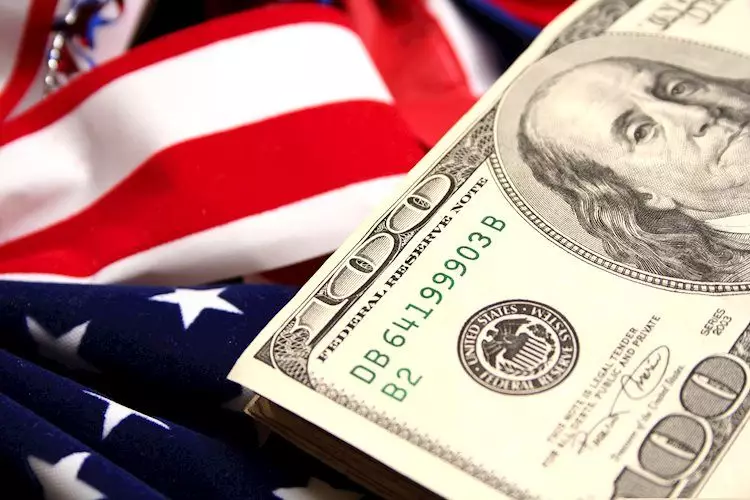As the market stands on the brink of a crucial Federal Open Market Committee (FOMC) meeting, the US Dollar is experiencing a notable decline. Investor sentiment is tinged with uncertainty, anticipating a shift in interest rates that could greatly influence the economic landscape. The current market consensus seems to crystallize around an expected cut of 25 basis points (bps). However, the intrigue intensifies with analysts speculating about a potential 50 bps cut. Such speculation, while less conservative, reflects deeper concerns regarding monetary policy direction during a time when economic indicators are sending mixed signals.
The resilience of the overall U.S. economy juxtaposed with a struggling labor market presents a complex picture. On one hand, economic metrics indicate growth and stability, suggesting that drastic measures might not be necessary. On the other hand, the unemployment figures raise alarms, prompting the Federal Reserve to consider a more aggressive approach to stimulate demand through interest rate reduction. With nearly 70% of the market pricing in a 50 bps cut, the expectations seem skewed, primarily due to the perception of heightened economic threats.
Furthermore, the Fed’s Dot Plot, a visual representation of the economic forecasts by FOMC members, will be crucial in assessing the committee’s future actions. Analysts will be closely scrutinizing this tool to detect any signs of a dovish shift in the Fed’s perspective, which could provide insight into the long-term trajectory of the US Dollar.
From a technical standpoint, the US Dollar Index (DXY) is revealing bearish trends that could reinforce existing market concerns. The failure to hold above the 20-day Simple Moving Average (SMA) indicates waning momentum for buyers, further corroborated with the indicators remaining in negative territory. The Relative Strength Index (RSI), hovering below 50, signals that the market sentiment is leaning towards pessimism. Meanwhile, the Moving Average Convergence Divergence (MACD) shows lower green bars, strengthening the argument for short-term weakness.
Support levels on the DXY are emerging at 100.50, 100.30, and a psychological mark at 100.00, while resistance appears at 101.00, 101.30, and 101.60. Traders are likely to contextually frame their strategies around these levels, deciphering where the Dollar might pivot in response to the FOMC’s decision.
Understanding the US Dollar’s current standing necessitates a glance at its historical context. Since emerging as the world’s preeminent reserve currency after World War II, the Dollar has maintained its status through various economic shifts. The end of the Gold Standard in 1971 marked a significant turning point, transitioning the Dollar into a fiat currency subject to the machinations of monetary policy rather than a commodity backing.
The Federal Reserve plays a pivotal role in steering the value of the Dollar by adjusting interest rates in a dual effort to control inflation while fostering full employment. The delicate balance between these two mandates reflects the long-term undercurrents affecting the Dollar’s value. As inflation pressures rise above the Fed’s 2% target, interest rate hikes can bolster the Dollar. Conversely, when inflation falls or unemployment escalates, rate cuts can weaken the currency.
In extreme scenarios where traditional policy measures lack efficacy, the Fed may resort to quantitative easing (QE). This tactic involves increasing the money supply to stimulate the economy, generally leading to a depreciation of the Dollar. In contrast, quantitative tightening (QT), which entails the cessation of bond purchases and the non-reinvestment of matured assets, reinforces the Dollar’s value.
The speculative climate surrounding the upcoming FOMC meeting underscores the stakes involved in the Fed’s impending decisions. Should the committee adopt a more dovish stance, particularly with a 50 bps cut, the ramifications for the US Dollar could be pronounced, potentially leading to a further erosion of confidence in the currency.
As traders and analysts sharpen their focus on the unfolding events surrounding the FOMC meeting, the fluctuating value of the US Dollar serves as a testament to the delicate interplay between monetary policy and markets. Understanding this dynamic will be essential for navigating the complex economic waters ahead.

